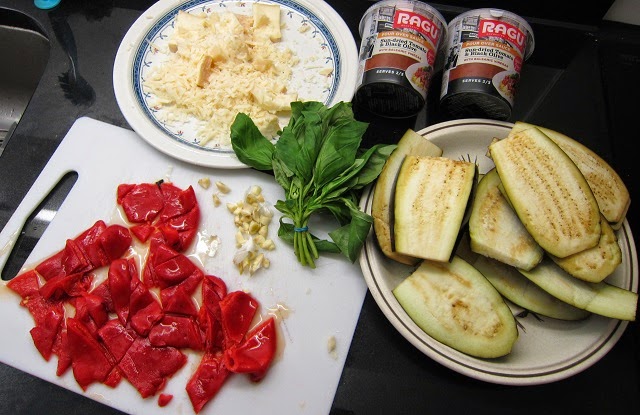Christmas is to eating what Black Friday is to spending: one big binge. At least it is in my case. Somehow, after a three course mega-meal I still managed to find room for copious chunks of Comté and Monte Veronese (the latter is truly the dairy version of Pringles. Try it, you’ll see).
Now, the food coma has just about subsided and the fridge is chock full.
Are you stuck with half a wheel of Brie? Perhaps there was the Stilton that didn't quite get away, or a half-eaten slab of Manchego. Whatever you have left, never fear, there’s a dish out there crying out for it. In fact, I've kindly put together a list to help all of those poor leftover cheeses that would otherwise be languishing on the shelf. Take pity, and try some of these.
Have a cheesy new year!
Have a cheesy new year!
1. Brie, apple & onion tart – great for using up extra cranberry sauce, too. Serve hot or cold.
2. Brussels sprout, bacon & Stilton pizzettas – add other toppings as you desire: sprouts, ham, turkey. The pizzetta is your oyster
3. Cheeseboard soufflé & seasonal salad – not only does this use up all of your cheese, it looks super impressive
4. Boxing day quesadillas – forget the turkey sandwich, take your tastebuds to Mexico
5. Christmas quiche – this will take care of any Cheddar and Stilton rejects
6. Green veggie fritters – best with soft cheeses, and, with all the added greens, sorta healthy
7. Oozy cheesy pasta with crispy pangritata – it’s oozy, it’s cheesy, what’s not to love?
8. Watercress and Wensleydale soup - Wallace would be proud
9. Potato croquettes with bacon and cheese – instead of making a new batch, you could mash up your leftover spuds too
10. Quick croque madame – au revoir, Gruyere! Plus, a quick way to use up all of that delicious leftover ham















































